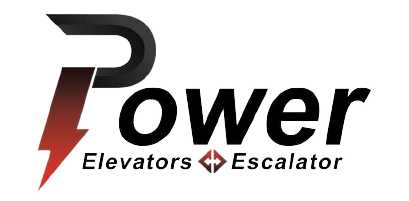Machine room elevators are the traditional and most common type of elevator, requiring a dedicated "machine room" located above or beside the elevator shaft. This room contains all the main equipment needed to operate the elevator, including:
Traction unit (motor): The motor that drives the elevator cabin using cables.
Control panel: The brains of the elevator, controlling its movement, stopping, and safety.
Speed transmission (gears in older models): Adjusts the elevator speed.
Other electrical equipment, Such as circuit breakers and transformers.
Advantages:
Durability and long life: Due to their large and robust components, they are known for their durability and ability to withstand heavy use.
Ease of maintenance: With a dedicated machine room, all major components are easily accessible for maintenance and repair.
High capacity: Capable of carrying large loads and operating at high speeds, making them suitable for high-rise buildings with heavy traffic. Less expensive to install (in the past): Historically, these elevators were the only option and therefore less expensive compared to modern technologies.
Disadvantages (compared to modern elevators):
Requires additional space: The need for a large machine room increases the total area occupied by the elevator in the building.
Additional construction costs: Building a machine room increases initial construction costs.
Noise and vibration: Modern machine room-less elevators may be noisier and vibrate.
Not suitable for small or modified buildings: They may be difficult to integrate into buildings with limited space or that are being renovated.
Conclusion:
Despite the emergence of modern machine room-less (MRL) elevator technologies, machine room elevators remain a robust and reliable option, especially in large projects that require high durability, large capacity, and sufficient machine room space.

